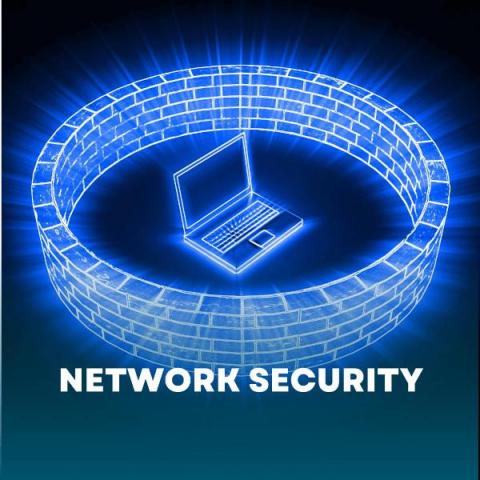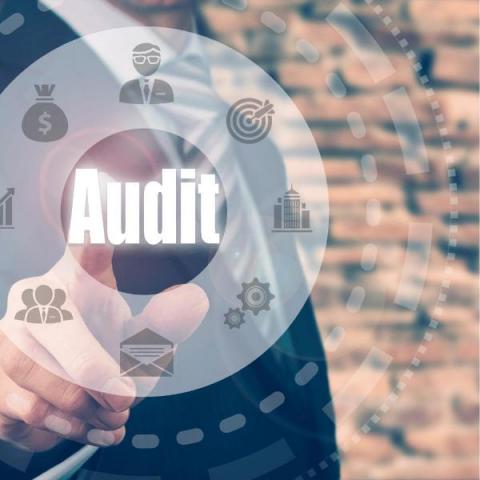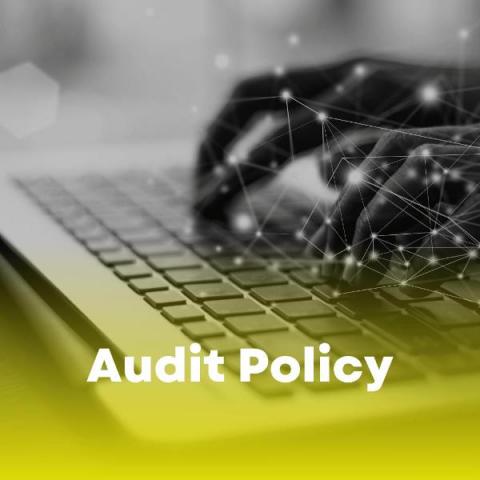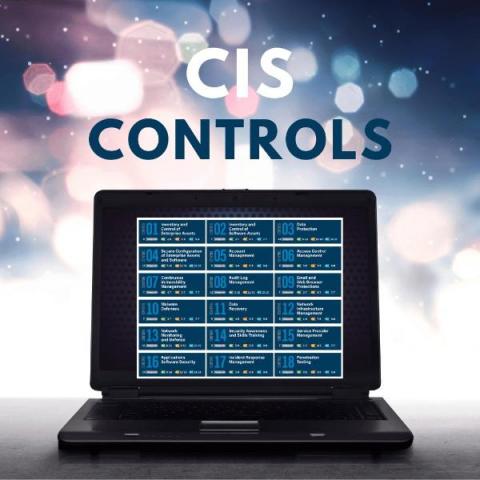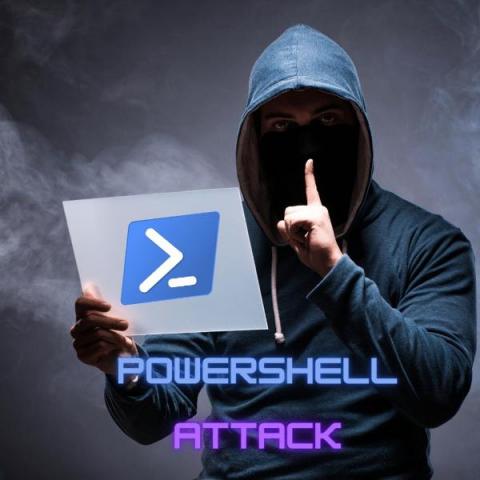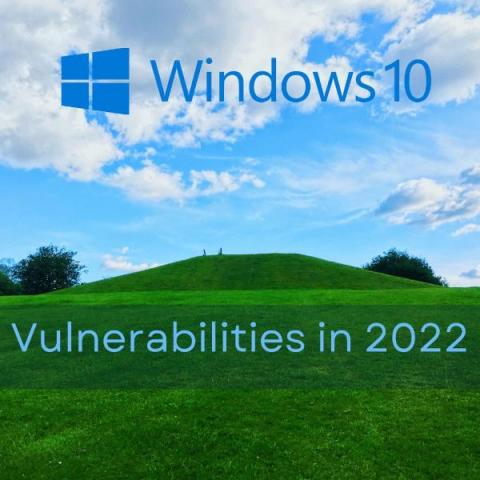Audit Policy: Object Access: SAM
Audit Policy: Object Access: SAM is a setting in the Windows operating system that controls the auditing of security events related to access to the Security Accounts Manager (SAM) database. The SAM database is used to store user account information, including login credentials, on a Windows system. When the setting is enabled, the system will generate an audit event in the security log of the event viewer every time an attempt is made to access the SAM database.



